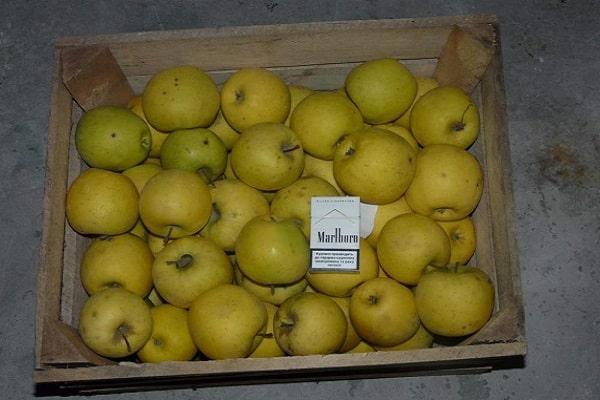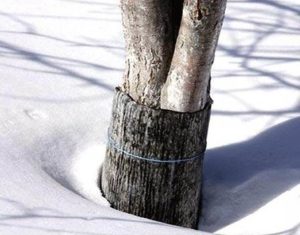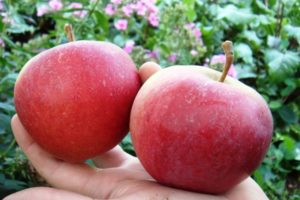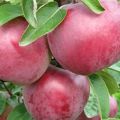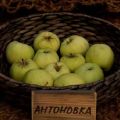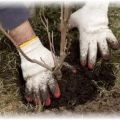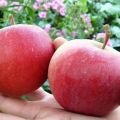Description and characteristics of Mutsu apples, planting, growing and care
The advantages of the Mutsu apple variety make it possible to grow trees in many states of the world. Such a wide distribution of the plant is due to the characteristics of yield, resistance to temperature indicators, diseases and pests.
Breeding the Mutsu variety
Apple tree Mutsu has another name - Crispin. This variety was developed in Japanese territories. Breeders obtained such a plant by crossing Indo and Golden Delicious varieties. Gradually, such trees were brought from Japan to European countries, Ukraine, and Russia.
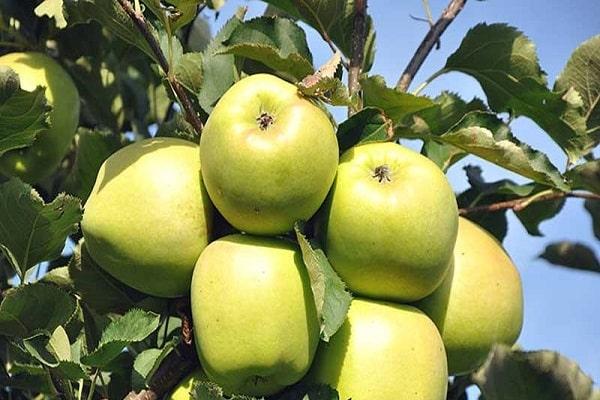
External characteristics
The description of the plant highlights several external characteristics that allow the tree to be attributed to this particular variety. Among them, the features of the crown, foliage, flowers, fruits, height are distinguished.
Crown
Crohn's is characterized by a rare structure. Moreover, it has a rounded-conical shape. Strong skeletal branches run upward at an acute angle, and lower branches are often omitted. This direction is obtained by the lower branches due to the severity of the fruit.
Leaves
The variety is distinguished by large oblong smooth glossy leaves. In adult apple trees, the leaf blades may curl slightly. The edges of the leaves are double-toothed.
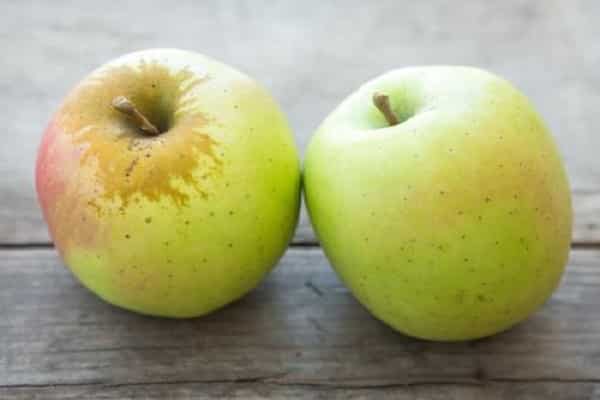
Flowers
Apple flowers of this variety are painted in a milky whitish shade. The shape of the flowers is saucer-shaped.
Fruit
The apples are round, slightly conical in shape. Their dimensions are quite large: the weight of one fruit reaches 150-230 grams.
Trunk
An adult apple tree has a fairly high trunk. When grown on a seed stock, the tree grows up to 3-4 meters in length. If a dwarf species is cultivated, the height of the trunk reaches 2-2.5 meters.
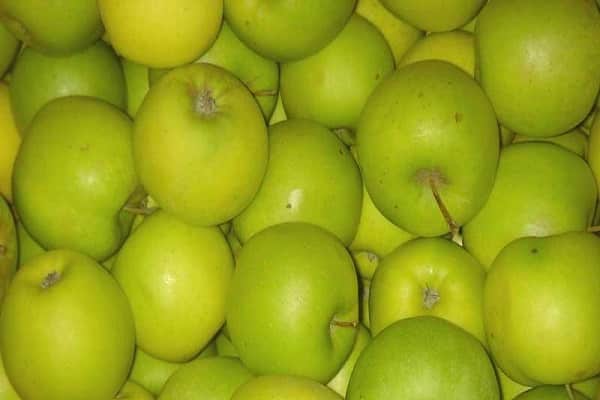
Type and taste of the fruit
When fully ripe, the apple skin becomes yellowish. On one side, a bright blush appears on the skin.
The pulp is also yellowish, its structure is dense. The apples themselves have a sweet aroma, honey flavor.
Advantages and disadvantages
Among the main advantages of the apple tree stand out:
- increased productivity;
- fast ripening of fruits;
- high consumer qualities of apples;
- good shelf life of the crop;
- the presence of resistance to fungi.
There are no drawbacks to this apple tree. But some gardeners argue that this variety is characterized by a rare periodicity in fruiting.
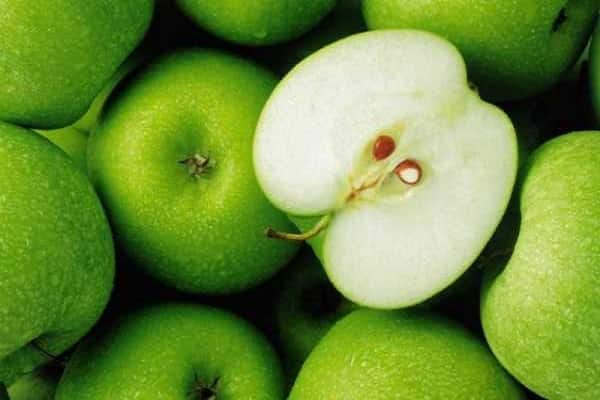
additional characteristics
Also, before planting, it is recommended to pay attention to other characteristics of the variety. These include disease resistance, low temperature indicators, the possibility of self-pollination, and the level of yield.
Disease immunity
This apple variety has an average immunity to fungi. Basically, trees are affected by scab, powdery mildew, subject to an increase in humidity.
Frost resistance
Apple trees are moderately resistant to low temperatures. If the tree is not properly cared for and the ambient temperature drops below 35 degrees, the trunk will freeze over.
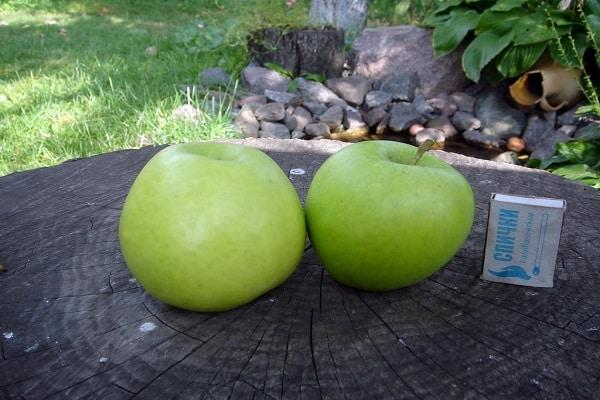
Pollination
This variety is not self-pollinating. For the tree to begin to set fruit, other varieties of apple trees should be planted nearby. The best option for this is Jonathan, Idared.
Productivity and frequency of fruiting
This variety is distinguished by a pronounced weakened frequency in the formation of fruits. After the high-yield season, the tree rests for 5-6 years.
Planting and leaving
To get a healthy plant, all planting principles must be followed. Proper care of the apple tree is also necessary.
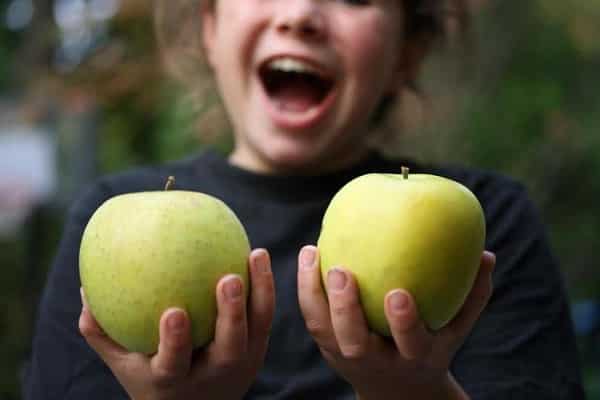
Planting technology
Before planting an apple tree, you need to know that this varietal species exhibits average resistance to severe frosts. To protect the plant, a wind barrier must be installed on the north side.
Timing
Planting material is required to be planted in spring or autumn. The best option is considered to be planting in the spring. This approach will give the seedling root system time to adapt to the environment.
Distance and pit depth
Landings should be located 3 meters apart. The row spacing should be 4 meters apart. This arrangement allows mature trees to receive the maximum amount of sunlight and heat.
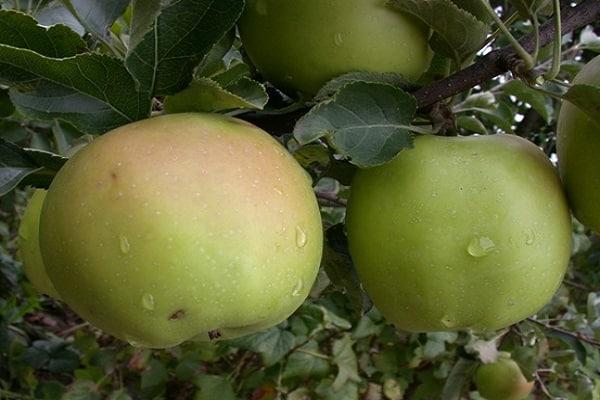
We observe the regularity of watering
In the first year of growth and development, the apple tree must be irrigated regularly. The best option is to provide watering 1-2 times a week. Gradually, the frequency of moisturizing should be reduced to 1 time per month.
Fertilizer
It is best to plant an apple tree on black soil, fertile soil. If such conditions are absent, the soil must be fertilized with ash, humus. To improve fruiting in the spring, you need to apply nitrogen fertilizers under the tree, and in the fall - mineral complexes.
Loosening the soil
In order for air to enter the soil, it must be loosened. Loosening is required to be carried out at a depth of 10 centimeters. This procedure will strengthen the plant's immunity and increase its yield.
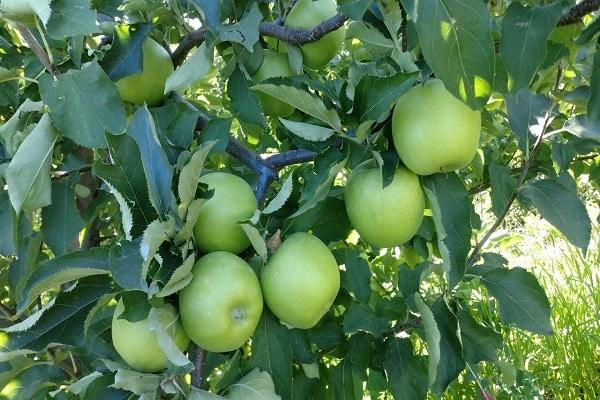
We carry out processing
During the growth and development of an apple tree, it is necessary to carefully examine the tree for traces of pathologies and pests. If they are found, it is necessary to immediately process the affected areas.
We form the crown
The apple tree does not need to form a crown. Therefore, pruning is carried out only to remove damaged and old branches.
Preparing for winter
In order to prevent freezing, at the onset of late autumn, the trunk should be wrapped with insulation. And cover the soil around the trunk with mulch, humus.
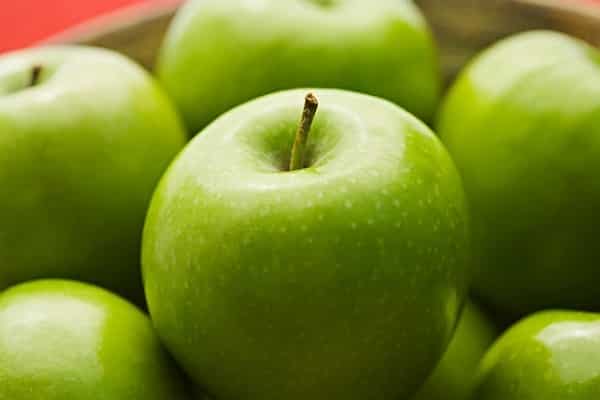
Where is the crop used
Since the fruits of the variety are characterized by the presence of a dense skin, they can retain their freshness for a long time. This quality allows you to transport the harvested crop over long distances. The harvested fruits, if stored in a cool, dark place, do not deform until May.
Also, during storage of the crop, it is required to monitor the humidity indicators: it should not be high. To get apples with a rich taste, after harvest, they need to be given time to ripen.It takes 2 months.
